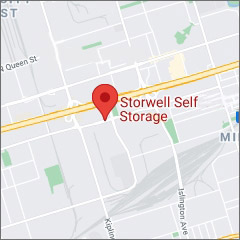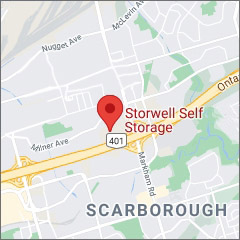A place for everything, and everything in its place.
A Totally-Not-Boring Blog About Storage
Wine Storage: How to keep your wine collection pristine
Table of Contents
- How long is wine good for?
- Temperature and humidity are crucial for wine storage
- Keep your bottles away from light
- Wine should be stored on its side
- Avoid unnecessary vibrations when storing wine
- Avoid strong odours that can taint the wine
- Once the wine is in storage, leave it until you want to drink it
- Wine storage at Storwell Self Storage
- FAQs
- What is the best temperature for wine storage?
- What size storage unit should I use for wine storage?
- Does wine need to be stored on its side?
- Where can I find self-storage for my wine collection?
- How long can I keep my wine in storage?
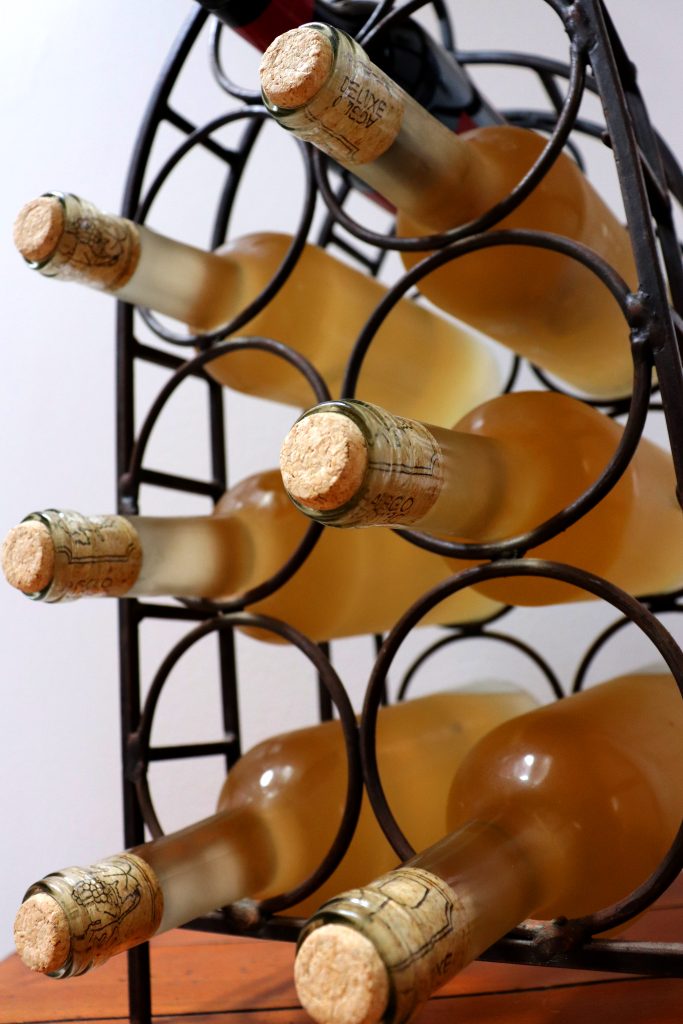
There is a completely nondescript building that sits on the corner of King and Spadina in Downtown Toronto. This is the kind of building that people pass by without giving a second glance, completely unaware that they are walking over a secret multi-million dollar wine storage cellar that houses over 100,000 bottles of vintage wine. The Fine Wine Reserve is a state-of-the-art facility that caters to the high-end wine connoisseur. Their wine cellars have two-foot-thick walls with finger print sensors and pin-point accurate climate control.
The average wine collector probably doesn’t have a collection of wines valuable enough to warrant renting out space in the Fine Wine Reserve. However, just because your wine collection isn’t worth millions of dollars doesn’t mean you shouldn’t store it properly to ensure it maintains its quality. Keeping your wine at home is probably the most obvious wine storage solution but there are so many variables that are difficult to control at home such as temperature, humidity, and vibration. Because of this, more and more people are choosing self-storage units to safely store their collection. Even if you have a modest wine collection, utilizing self-storage in Etobicoke will allow you to keep you wine in a safe and controlled environment.

How long is wine good for?
You may be wondering whether your wine needs to be aged in order to reach its best flavours. As it turns out, only one to three percent of wine is meant to be aged before consumption. Most bottles you can affordably buy are supposed to be consumed within five years of purchase. As a rule of thumb, if your bottle is under 30 dollars, it’s ready to pour. After five years, the quality will begin to deteriorate instead of improve. Unfortunately, keeping a $12 bottle of wine for several years won’t make it taste better or make it worth more money. Fine wine, on the other hand, can last for several years and gets better with age. These wines are expensive and can cost upwards of $200,000. If you have this type of collection, a wine storage cellar is essential.
Warmer temperatures can age your wine and alter its taste, while colder temperatures can dry corks out and even freeze wine bottles. This is why it’s crucial that you find the proper temperature-controlled environment for your wine storage. If you plan to keep wine at home, setting up wine storage or a wine cellar in a basement is ideal, as this area in most homes stays cooler throughout the year. If, however, you want a more controlled environment for your wine storage, consider renting a self-storage unit.
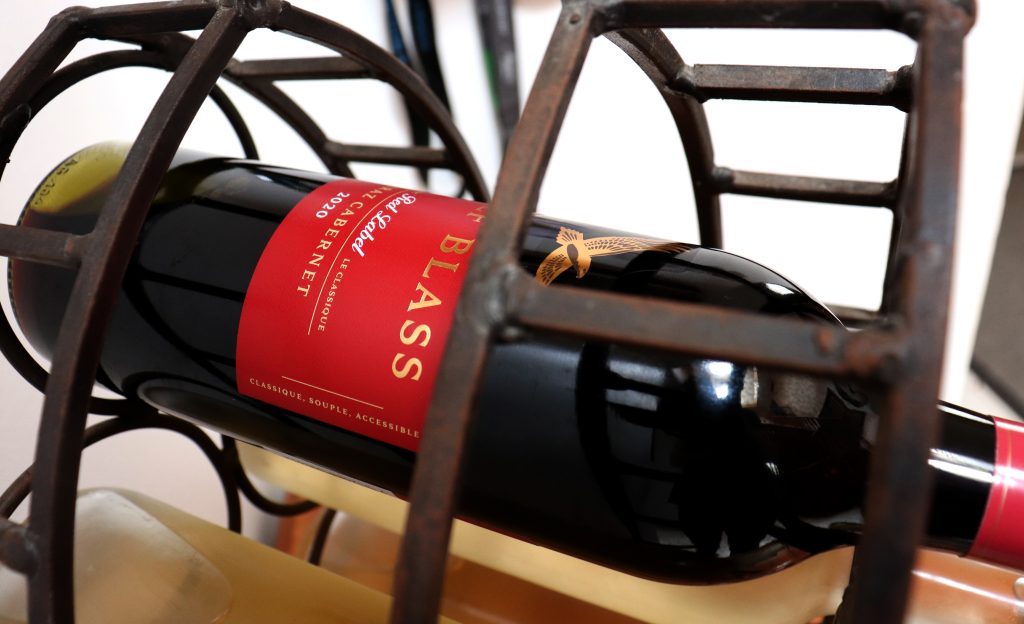
Temperature and humidity are crucial for wine storage
Ideally, wine should be stored at 55°F (12°C). Even if wine is well-sealed and air-tight, that doesn’t mean that humidity won’t affect it. In fact, humidity levels have a big influence on the condition of the wine bottle’s cork, even if it’s sealed tightly. Maintaining 60-80% relative humidity where wine is being stored helps keep the cork from drying out and cracking, avoiding that oxidization. If the humidity is too high, this can lead to mold.
Keep your bottles away from light
If your self-storage unit does not have built in climate control, you can also place your bottles inside of a wine refrigerator, and then place the refrigerator inside the secure storage unit. However, check with the storage facility to inquire about using the facility’s electricity, there are some facilities that prohibit storing appliances that require power. If you do decide to use a refrigerator for your wine storage, make certain you keep the fridge away from light when you open your storage unit door. Ultraviolet rays will ruin the taste and make the wine age prematurely. Light also creates heat that can dry out the cork and allow air into the bottle. There is a reason why most wine bottles are dark in colour, to protect the wine from light exposure.
Wine should be stored on its side
The storage unit size you need for wine storage depends on the current size of your collection and if you plan on adding to it. Keep in mind; you’ll have to store your bottles on their side. When a bottle is stored upright, the liquid inside settles to the bottom and doesn’t come into contact with the cork. If the bottle is stored on its side, the cork is in constant contact with the liquid and stays moist maintaining an airtight seal. Storing wine bottles on their side also prevents deposits from collecting at the base of the bottle.
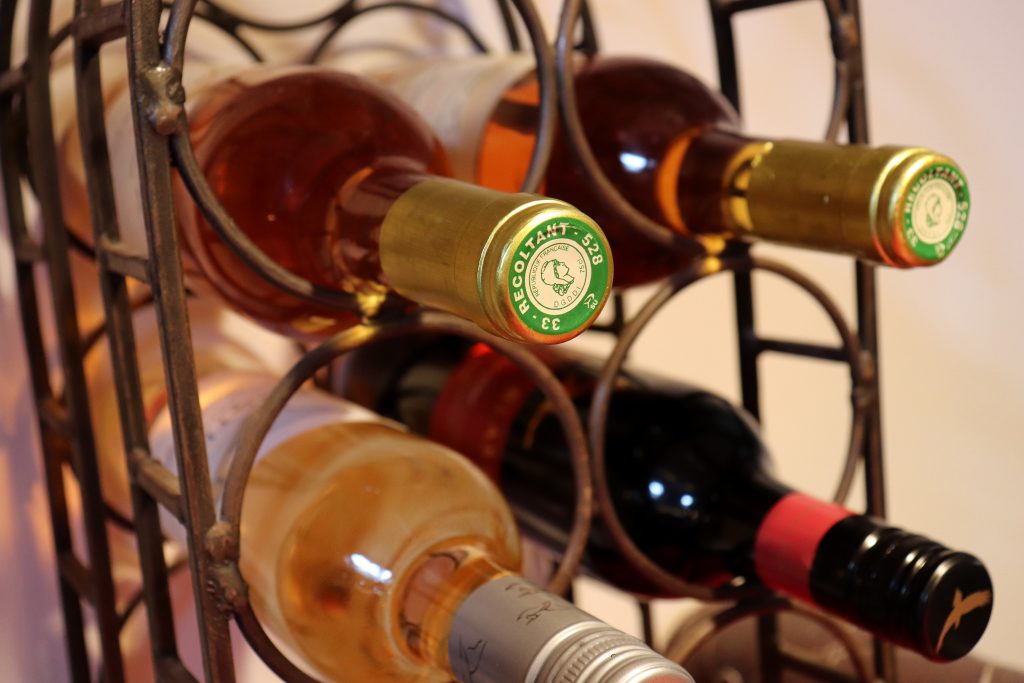
Another important thing to consider for wine storage is to make sure all of your wine bottles have their labels facing up. That way, you can see what is inside the bottle without having to touch or move it. Each time wine is disturbed, it ages a little bit. When this happens, it loses some of its flavor and aroma. When storing wine long term, whether at home or in self-storage, it’s best to have a wine rack, shelving unit, or storage containers that allow you to keep your bottles on their sides. However, if you plan to open bottles within a month or two, you can free up storage space by storing bottles upright.
Avoid unnecessary vibrations when storing wine
If you live in a busy, active house with kids, each time they run upstairs or hang out in the basement, they’re creating vibrations and movement. So if you use your basement for wine storage (or anywhere else in the house), all of that activity has a negative effect on your collection.
When storing wine that’s over ten years old vibration can be a concern. For older wines that are beginning to have sediment appear, too much vibration can break up the sediment and disperse it through the wine. While this is bound to happen once you pick up the bottle, continued agitation of the wine could change flavor profiles drastically.
To avoid this with at-home storage and storage units for wine, add some padding to the floor and around shelving units to diffuse vibrations. If you’re storing a wine collection in areas where earthquakes are common, take extra care to limit vibrations by keeping bottles in individual boxes or drawers, securing wine racks, and storing vintages low to the ground.
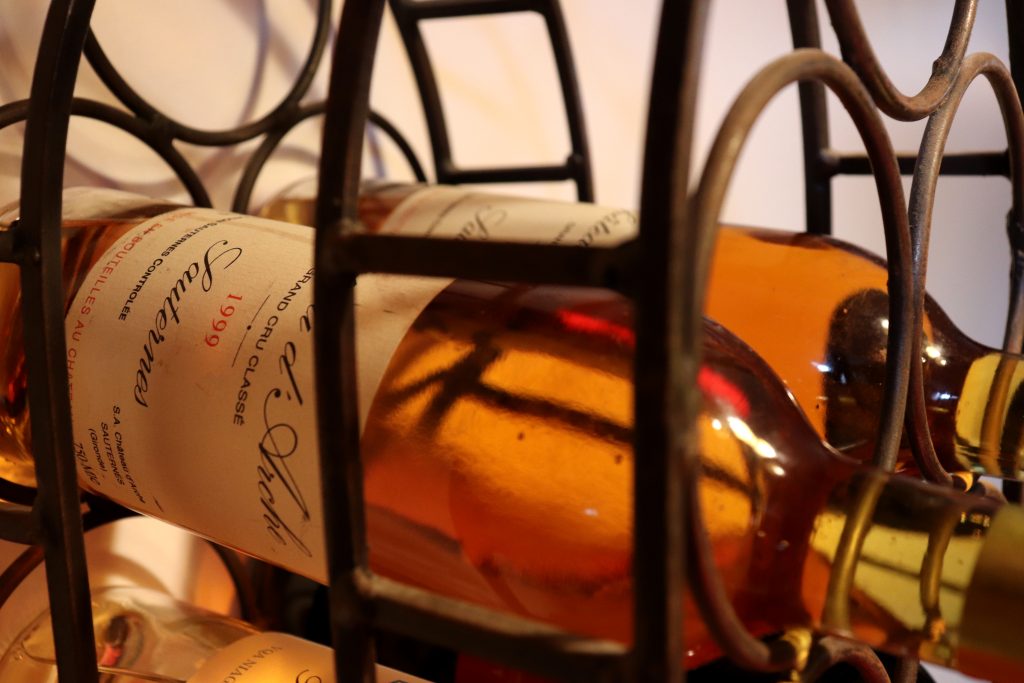
Avoid strong odours that can taint the wine
While it may seem convenient, it’s best not to use your kitchen for wine storage. Wine breathes through the porous cork, so you should store wine bottles away from strong odours like food or trash. Odours can penetrate the cork and taint the wine.
Keep corked wine away from foods like garlic in the pantry and away from paint cans in the basement. Find a designated spot for a wine rack that is in a dark corner or closet away from cleaning products and other potential contaminants for best results.
Once the wine is in storage, leave it until you want to drink it
Just like fridge vibrations can damage wine, so can moving it around too often. Picking up bottles of wine, and putting them back on their side will negatively impact the wine.
Build a storage system that will allow you to remove a single bottle of wine without needing to disturb the others. For this reason, it’s best not to stack wine on top of each other or store them one in front of the other on a shelf.
Wine storage at Storwell Self Storage
Storing your wine collection at a self-storage facility like Storwell is a great option. Storwell has power-ventilated units that are ideal for wine storage and can keep your wine at a stable temperature and humidity level. Keeping your wine in a self-storage facility also helps avoid any unnecessary vibrations that might negatively impact the wine. With 24-hour video surveillance, individually alarmed units, and pass code gate access, you can rest assured that your wine collection will be completely safe and secure. Also, self-storage facilities like Storwell offer 24/7 access so that you can come check on your collection at any time.
FAQs
What is the best temperature for wine storage?
Temperature is one of the main factors to consider when storing wine. Overly warm temperatures can age your wine and alter its taste, while colder temperatures can dry corks out and even freeze wine bottles. The ideal temperature for wine storage is 55°F (12°C).
What size storage unit should I use for wine storage?
If you decide to rent a self-storage unit for your wine collection, you must consider what size unit is appropriate for you. The size of your storage unit will depend on the size of your collection. If you have a modestly sized wine collection of 10-20 cases, a 5×5 storage unit should be sufficient. However, if you have a larger collection, you should consider moving a size up to a 5×10 storage unit.
Does wine need to be stored on its side?
Wine should always be stored on its side. When a bottle is stored upright, the liquid inside settles to the bottom and doesn’t come into contact with the cork. If the bottle is stored on its side, the cork is in constant contact with the liquid and stays moist maintaining an airtight seal. Storing wine bottles on their side also prevents deposits from collecting at the base of the bottle.
Where can I find self-storage for my wine collection?
Storwell Self Storage has a wide range of storage unit sizes that are ideal for wine storage. Storwell has premium self-storage facilities across the GTA in Scarborough near Markham Road and Highway 401, in Etobicoke near Kipling Avenue and the Gardiner Expressway, and in Mississauga near Winston Churchill Boulevard and the Queen Elizabeth Way.
How long can I keep my wine in storage?
Most bottles you can affordably buy are supposed to be consumed within five years of purchase. As a rule of thumb, if your bottle is under 30 dollars, it’s ready to pour. After five years, the quality will begin to deteriorate instead of improve. More expensive wines can be kept in storage and will improve with age; however, these wines tend to be much more expensive.

